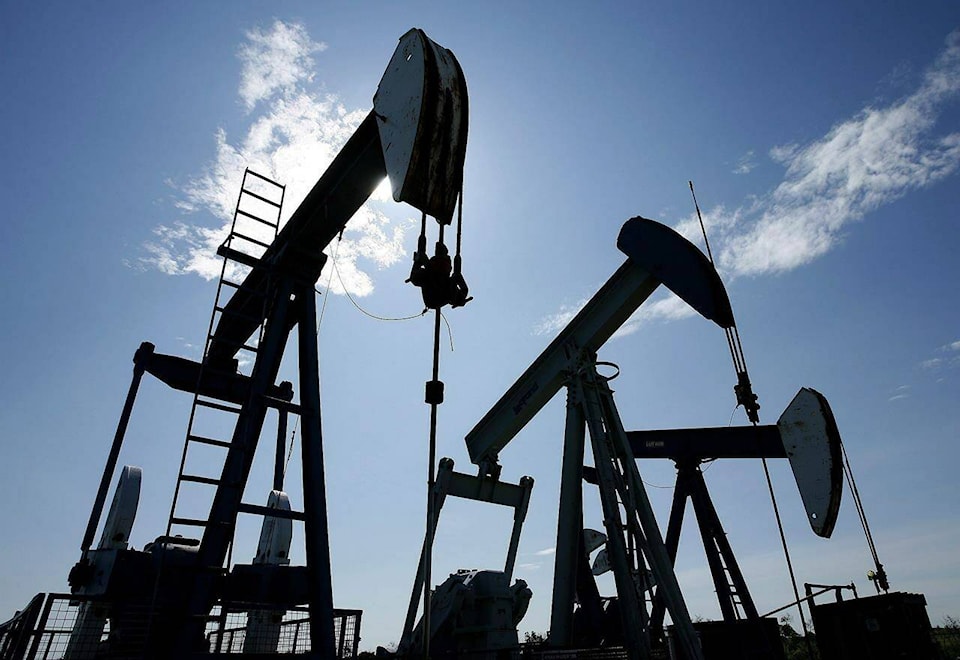New Alberta Energy Regulator requirements aimed at pushing companies to speed up cleanups and footing the bills themselves will do little to fix problems, says an industry watchdog group.
“It’s a joke,” said Mark Dorin, vice-chair of the Polluter Pay Federation, a non-profit group dedicated to ensuring the oil and gas industry, not taxpayers, cleans up the mess left behind at abandoned well sites.
The AER’s new Directive 088 finalized new requirements to manage oil and gas liability. It introduces new requirements meant to better identify whether companies have the means to clean up their projects in their lifespan.
The capability of companies to manage cleanup is to be assessed using 40 different factors, including the lifespan of the resource, a company’s financial and liability risk while assessing its administrative and operational performance and previous well closure success.
Requirements to transfer oil and gas licences between companies will also be strengthened under the new directive “ensuring the receiving company can safely operate the infrastructure and reclaim it when it is no longer in use,” says the AER.
Under new requirements, companies can be required to pay a security at any point during the life cycle of a project to ensure the cost of closing down and cleaning up sites is paid for by the industry. If a company is identified as being at risk of not being able to meet its site cleanup responsibilities, the AER can intervene to ensure cleanup happens.
Through the inventory reduction program, mandatory industry-wide closure spending targets — including $422 million in 2022 — and company-specific targets are to be set.
Dorin said Directive 088 has no teeth and there were tougher rules in place previously that required that a security be posted before licence transfers to ensure there was money available for cleanup.
“There’s no more measure of solvency and there’s no more security for well licence transfers. In essence, they’ve gutted what has been called liability management. It’s liability mismanagement, and it always has been, but now it’s much worse.”
While companies will be required to provide more financial information, regulations are not in place to ensure insolvent companies do not get new licences, he said.
“Where are the rules that say: ‘If you’re insolvent, we do this?’”
Dorin said it does not matter what AER directives say if they are not going to be enforced. And, so far, there has been little appetite to ensure companies have the resources necessary to clean up after themselves, he added.
He points to the Orphan Well Association, an industry funded entity meant to pay for cleaning up wells abandoned by companies that cannot afford to reclaim them. Nowhere near enough money has been demanded from industry to clean up the wells in the association’s inventory, and thousands of others are sitting in Alberta fields that have not yet been added to the list, he said.
Many of Alberta’s problems could be dealt with if companies were ordered to abandon and clean up wells no longer used by a set time and that industry be required to put enough money into the Orphan Well Association to clean up each year’s abandoned wells.
At the rate wells are being cleaned up now it will take 70 years to finish the job, he said, adding industry is unlikely to cover the cost, leaving future taxpayers to make up the difference.
The AER says that in 2020 industry closed 6,503 wells and 625 facilities and 2,666 sites were reclaimed. Alberta has about 95,000 inactive wells and 157,000 active wells.
